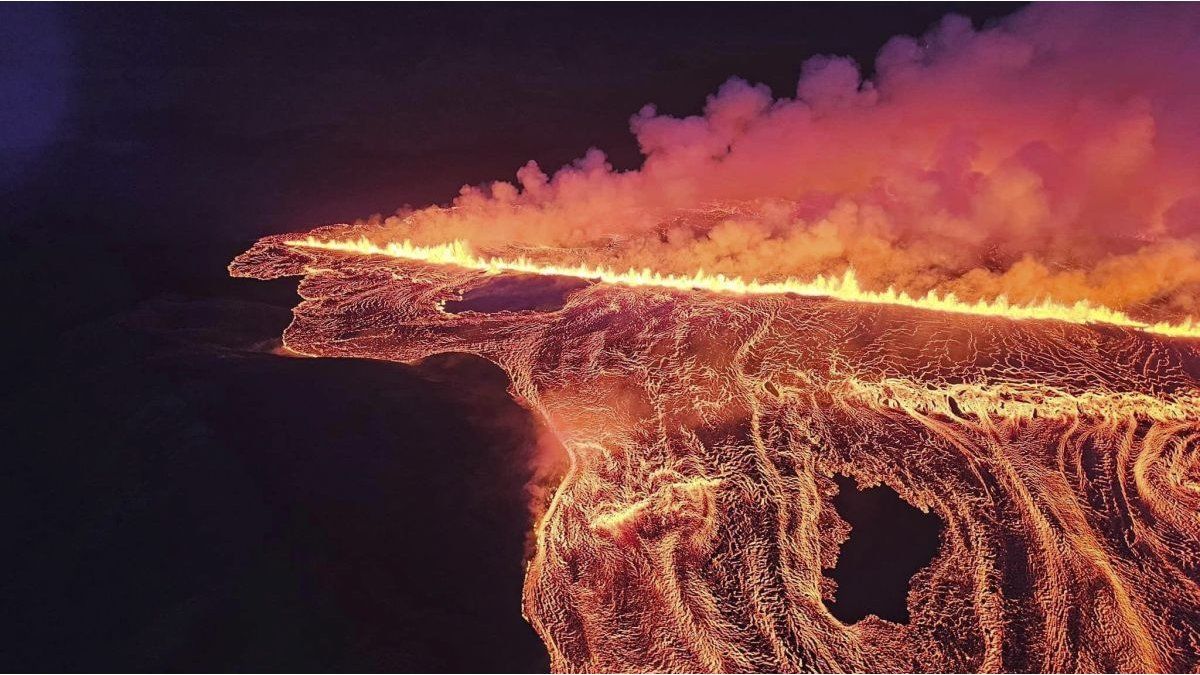The Icelandic Meteorological Office (IMO) reported on Thursday that a A new eruption had been triggered at 9:26 p.m. (local time and GMT) following a series of earthquakes.
Videos of the eruption show orange lava gushing out of a fissure about 3.9 kilometers long, according to IMO estimates.
Indonesia volcanic eruption 2024.mp4
Courtesy of @deZabedrosky
Early Friday morning, the organization announced in a message on social media that a second fissure had opened north of the first. However, it says that volcanic activity is still concentrated in the first fissure.
The meteorological agency, which also monitors geological events, had previously reported “considerable seismic activity” at the northern end of the fissure.
Approximately one hour after the start of the eruption, a 4.1 magnitude earthquake was recorded in the region.
This is the sixth eruption in Iceland since DecemberThe last one had lasted more than three weeks from the end of May on this same Reykjanes peninsula.
The police chief of the Sudurnes region, Ulfar Ludviksson, told Icelandic media that the evacuation of the nearby fishing village of Grindavik had been successful. Only about 20 houses in the village were occupied. Most of the 4,000 residents had been evacuated in November, before the December eruption.
Although residents were allowed to return between eruptions, only a few remained at the site overnight.
According to IMO, no lava flow was recorded towards Grindavik during the last eruption.
Iceland is home to 33 active volcanic systems, more than any other European country.
The country lies on the Mid-Atlantic Ridge, a fissure in the ocean floor that separates the Eurasian and North American tectonic plates.
Source: Ambito




